Instructional Series
This site will be closing soon as its content has moved to Tāhūrangi.
2024 titles are available on Tāhūrangi. Use the filters to find specific series.
Find Literacy resources at Tāhūrangi - Literacy.
Welcome to the English medium literacy instructional series teaching and learning resources for years 1 to 8.
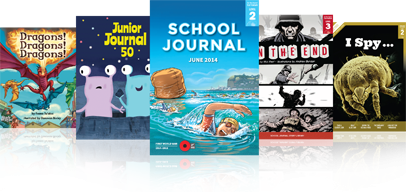
- Gold
- Purple
- Magenta
- Yellow
- 3
- 2
- 4
- 1
- 6
- 4
- 5
- 8
- 7
- 3
- 1
- English
- Social Sciences
- Science
- Health and Physical Education
- Technology
- The Arts
- Mathematics and Statistics
- Non-fiction
- Fiction
- None
- Nature of science
- Geometry and Measurement
- Living world
- Planet Earth and beyond
- Nature of technology
- Physical world
- Number and Algebra
- Statistics
- Technological knowledge
- Material world
- Technological practice
- Engage with science
- Gather and interpret data
- Interpret representations
- Use evidence
- Articles
- Stories
- Poems
Search results
166 items - Showing 81 - 90
-
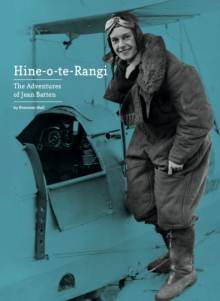
Hine-o-te-Rangi: The Adventures of Jean Batten
by Bronwen Wall
In New Zealand, an eighteen-year-old named Jean Batten had a dream. She wanted to become the first woman to fly alone from England to New Zealand. So in 1930, the year she turned twenty, Jean travelled to England to learn how to fly.
-
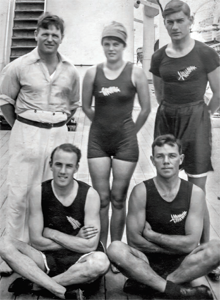
Our First Olympians
by Bill Nagelkerke
“Faster, higher, stronger ...” The Olympic Games have been a source of international interest and entertainment since the late nineteenth century. This article provides information on some of our earliest Olympians, with a particular focus on the four athletes who attended the 1920 Summer Olympics in Antwerp, Belgium. It was the first year that Aotearoa New Zealand had sent an independent national team to the games, and despite facing additional challenges of distance and expense, all four athletes made the finals with one winning a bronze medal. The final paragraph of the article extols the benefits of aiming high and working hard to achieve a goal.
-
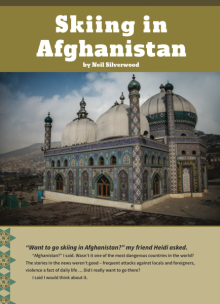
Skiing in Afghanistan
by Neil Silverwood
"'Want to go skiing in Afghanistan?' my friend Heidi asked. 'Afghanistan?' I said. Wasn’t it one of the most dangerous countries in the world? The stories in the news weren’t good – frequent attacks against locals and foreigners, violence a fact of daily life ... Did I really want to go there? I said I would think about it."
-
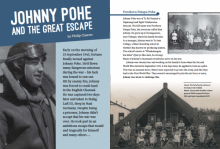
Johnny Pohe and the Great Escape
by Philip Cleaver
Porokoru Patapu (Johnny) Pohe was a daring and gifted pilot who flew bomber aircraft in the Second World War. In 1943, after twenty-two successful missions, his aircraft was shot down and he was captured. Johnny was taken to Stalag Luft III, a prison camp deep in Nazi Germany. This article tells the story of an ambitious prison escape that ended tragically for Johnny and for many others. It includes information about Māori involvement in the Second World War and about the devastating impact of bombing civilians in Germany.
-
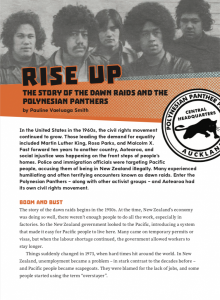
Rise Up: The Story of the Dawn Raids and the Polynesian Panthers
by Pauline Vaeluaga Smith
The article “Rise Up: The Story of the Dawn Raids and the Polynesian Panthers” recounts the story of the dawn raids that took place in Aotearoa in the 1970s. Under instruction from the government of the day, police and immigration officials invaded the homes of Polynesian people in the early hours of the morning, demanding evidence that they were lawfully living in Aotearoa.
-

Sixth Sense
by Apirana Taylor
artwork by Steve Gibbs
This thought-provoking poem by Apirana Taylor is a response to an artwork of the same name by Steve Gibbs. The poem and artwork are about the arrival of the Endeavour in 1769 and the enormous change that was about to take place for Māori communities.
-
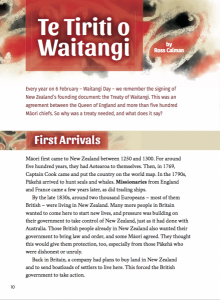
Te Tiriti o Waitangi
by Ross Calman
This straightforward article explains what the Treaty of Waitangi is, why it was needed, and what it says. Although most students will have heard of the Treaty, this may be the first time they have read about it for themselves.
-
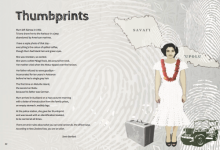
Thumbprints
by Serie Barford
illustrated by Sheyne Tuffery
"Mum left Sāmoa in 1952. To‘ono drove her to the harbour in a jeep abandoned by American marines."
-
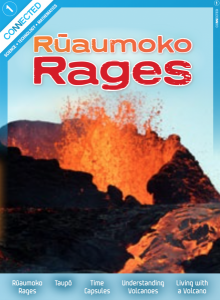
Rūaumoko Rages
by Bronwen Wall
“Rūaumoko Rages” explains how volcanoes are formed, introduces the various kinds of volcanoes, and outlines features of New Zealand’s volcanic landscape.
-

Voyage of Exploration
by Elinor Chisholm
In “Voyage of Exploration”, students read about the marine diversity in New Zealand’s territorial waters and the process that NIWA scientists use to classify organisms.








 Literacy Online home
Literacy Online home
